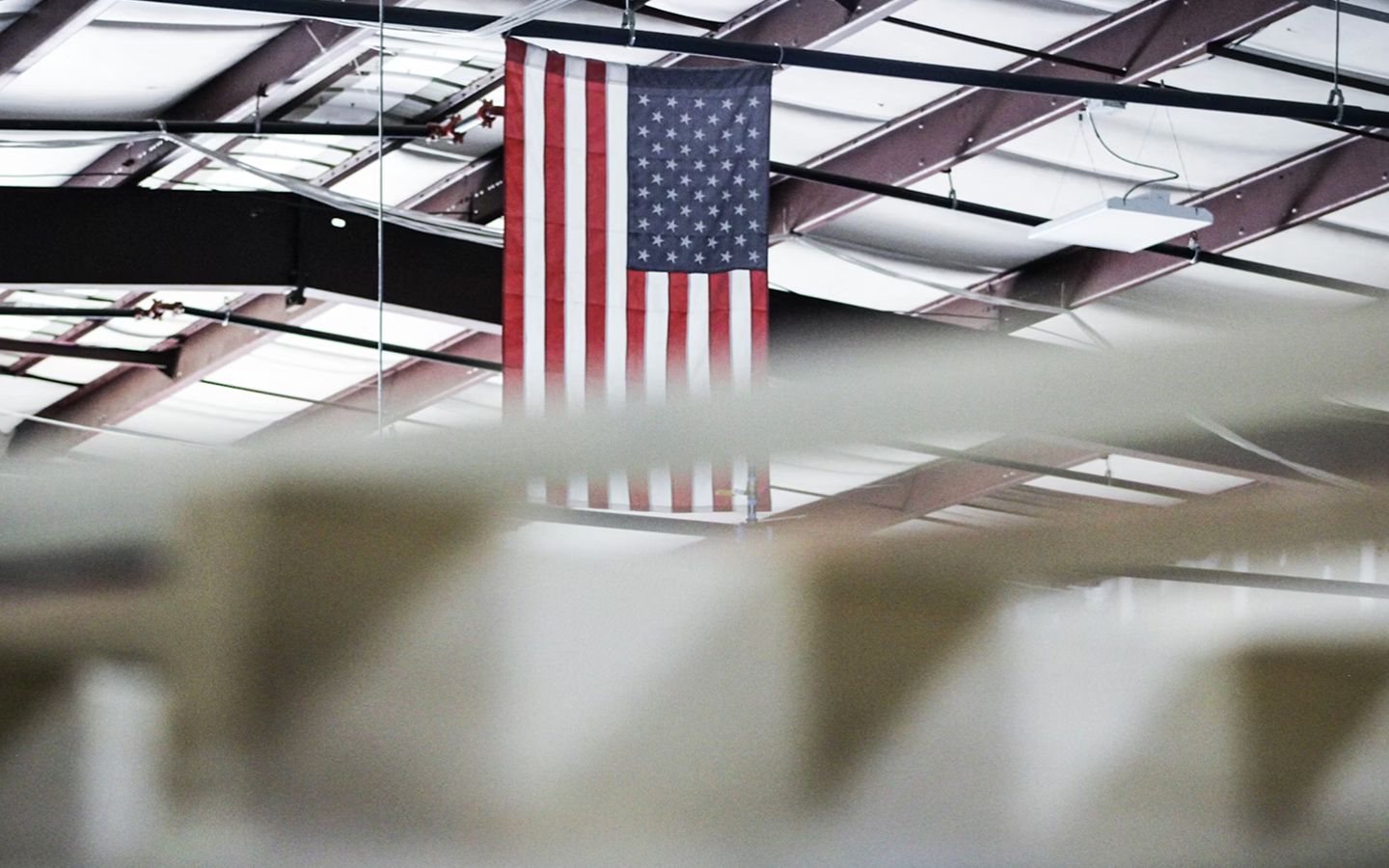How small brands can go green without going broke
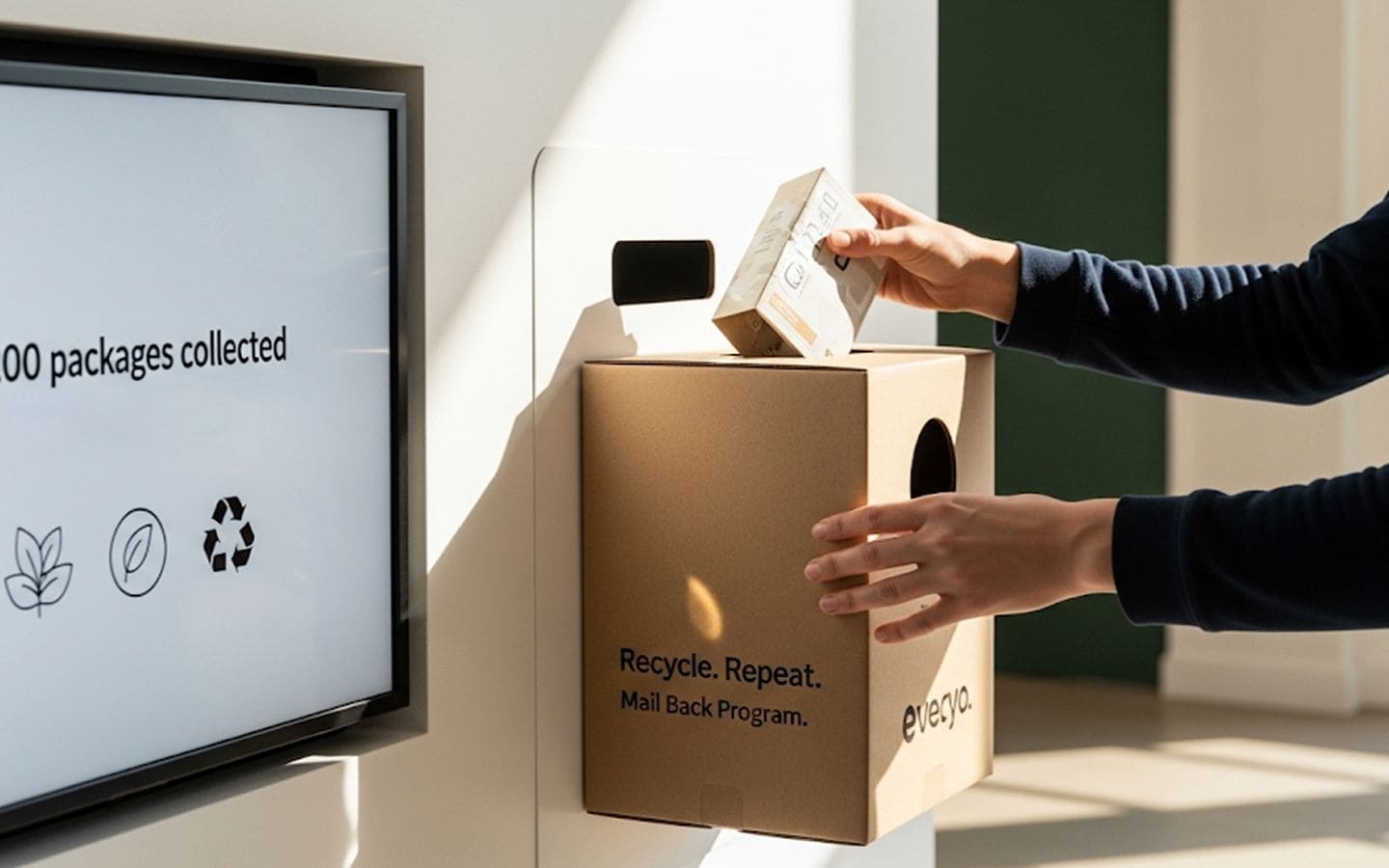
When cash is tight, attention should be even tighter, and sustainability is not a luxury add-on.
When done right, it trims waste while sharpening operations and it gives your brand a story people want to repeat.
Start where the math and the mission meet, then build from there. This is the playbook for small business sustainability that protects both its margins and the planet at the same time.
Why going green pays off
Eco-consciousness is not only morally correct, it’s an efficiency engine. Right-sized packaging uses less material, ships less air, and reduces breakage, which saves money and carbon in the same move. Begin with the box before you touch the product, then keep going once the savings show up.
The quiet win is that the customer experience improves as well, because lighter parcels and cleaner unboxing feel intentional and premium.
When every component is sized to fit the order, you cut waste and set a standard your team can repeat. That is the power of custom made packaging, which can also be eco-friendly while earning its keep.
Sourcing plays a role here too. More brands are questioning the old habit of relying on overseas platforms (for example Alibaba). Choosing closer-to-home or more transparent partners can reduce shipping miles, simplify logistics, and make your sustainability claims easier to back up with data.
How to make it work, for real
If less mass moves through your system, you spend less on transport and the product footprint follows the cost curve down.
Swap materials where it actually matters. Pick inputs for function, not hype, and let the spec sheet do the talking. Recycled polymers can keep prints crisp in hard goods, recycled cotton can reduce water stress in basics, and plant-based blends can add strength without a penalty on hand feel.
Each swap is a chance to align product and principle. When you can choose recycled materials without compromising performance, you tighten your supply chain and your message at once. It feels better to use, it reads better on the product page, and it anchors a story you can tell.
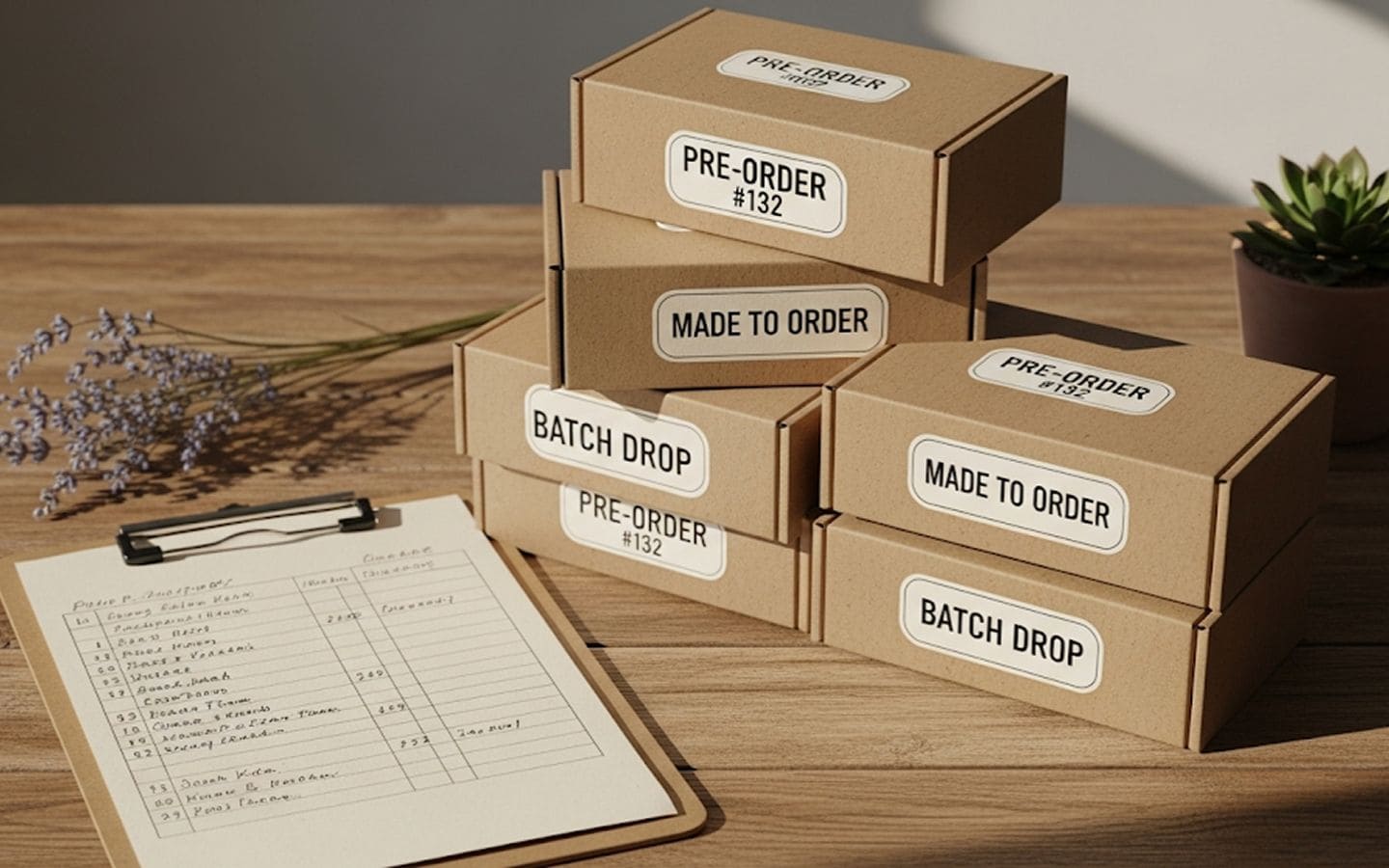
Make only what will really sell (and fast). Pre-orders, batch drops, and made-to-order convert demand into a production plan. You get fewer dead sizes, fewer markdowns, and fewer units headed for the clearance bin.
Think of it as low MOQ manufacturing at brand level, where the minimum is not a factory number but a community commitment.
Publish a window and make exactly what was sold, then keep buyers in the loop while their goods are in work. The wait becomes part of the experience, and your cash flow stays in sync with real demand.
Fix the box, then close the loop. Box the order, not the air, and you cut corrugate, filler, and damage, which lowers returns and waste invoices.
For products that create a lot of post-consumer packaging, take-back bins and mail-back programs can capture what curbside cannot.
These moves take coordination across teams, yet they earn trust when you publish clear numbers on what you collect and what you keep out of the landfill. Closing the loop is less about perfection and more about a steady climb you can realistically demonstrate.
Ship cleaner, measure better. If you sell online, customers will ask about footprints because delivery is part of the product now. Commerce platforms and carriers offer practical tools that estimate emissions per order and fund removal or reduction at checkout.
Pair those tools with the work you already did to cut weight and distance, then share your metrics plainly. Show the baseline, show the improvements, and set a target for the next quarter. Progress beats perfection when you make the path visible and keep walking it.
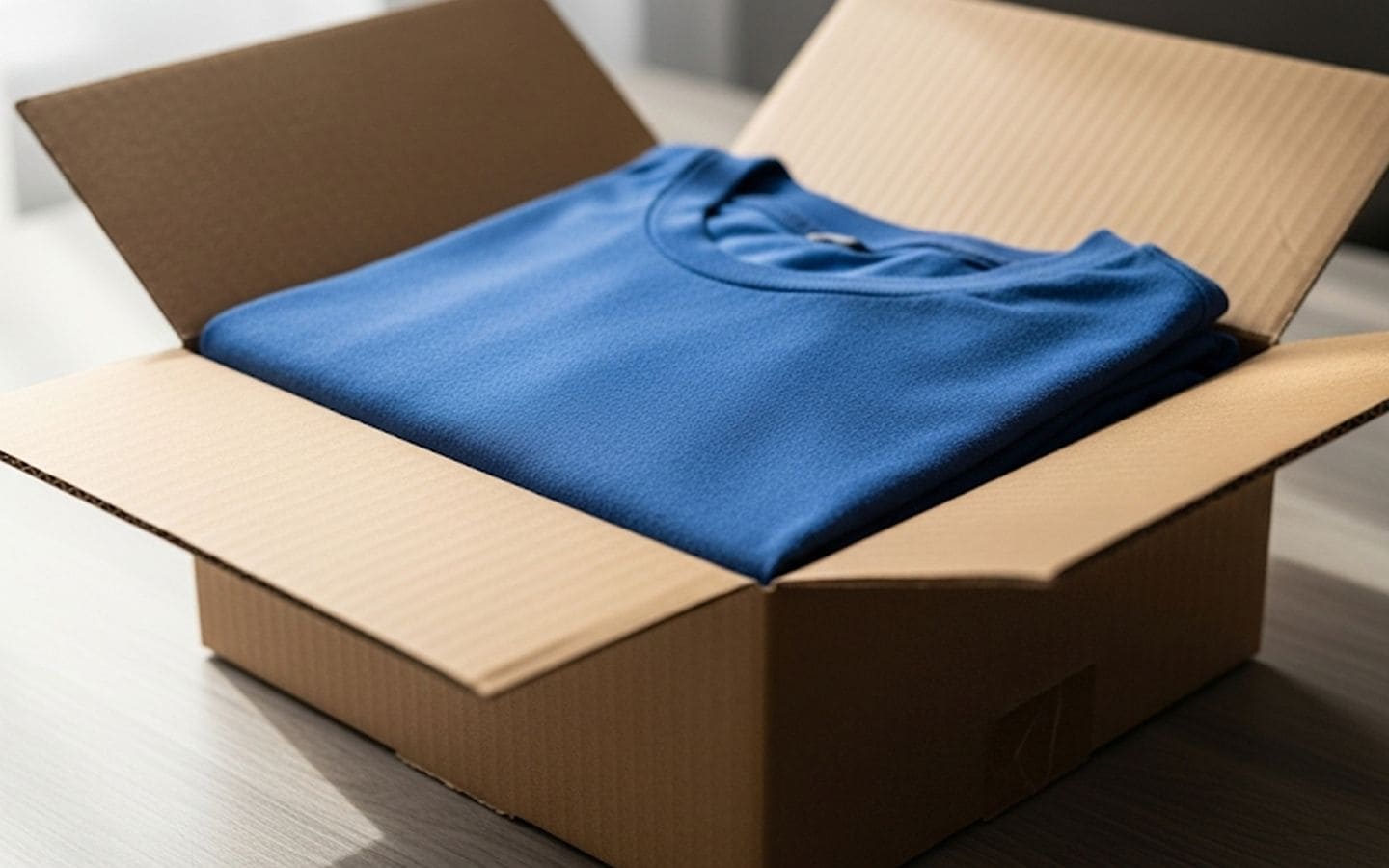
Sustainability also thrives on design discipline. Think about reducing the number of modifications and avoiding over-decorating where it’s patently unwarranted.On soft goods, a single but impactful emblem on a well-made cap or jacket can carry the story farther than a collage of various techniques.
The details matter at scale, and scale often starts small.
Reality check
Constraints are real. Small teams do not have time for supplier bingo or lab reports, and a thin budget punishes experiments that miss.
The fix is to choose a few high-leverage moves and go deep. If you sell merch or apparel, your patch and trim program is a smart place to begin.
Translate the art you already own into formats that fit your use case, then let the product prove itself on heads and backs in the real world. Work with a maker who can build embroidered, woven, printed, leather, PVC, or bullion patches, with edge finishes and backings you can tune to the job.
Prototype in small quantities, wear-test for fit and feel, then scale only what earns compliments without prompting. If you need the canvas, keep a tight roster of hats and basics that are built to showcase patches cleanly, so the product and the story line up.
Pair those product moves with carbon neutral shipping so the last mile matches the message, then report results in clear language your audience can understand.
The pressure is real, and global conditions add layers. Tariffs, for example, are reshaping supply chains this year. In our breakdown of the strategic impact of 2025 trade tariffs on small businesses, we look at how shifting costs can complicate sustainability plans, and how brands can respond with agility instead of panic.
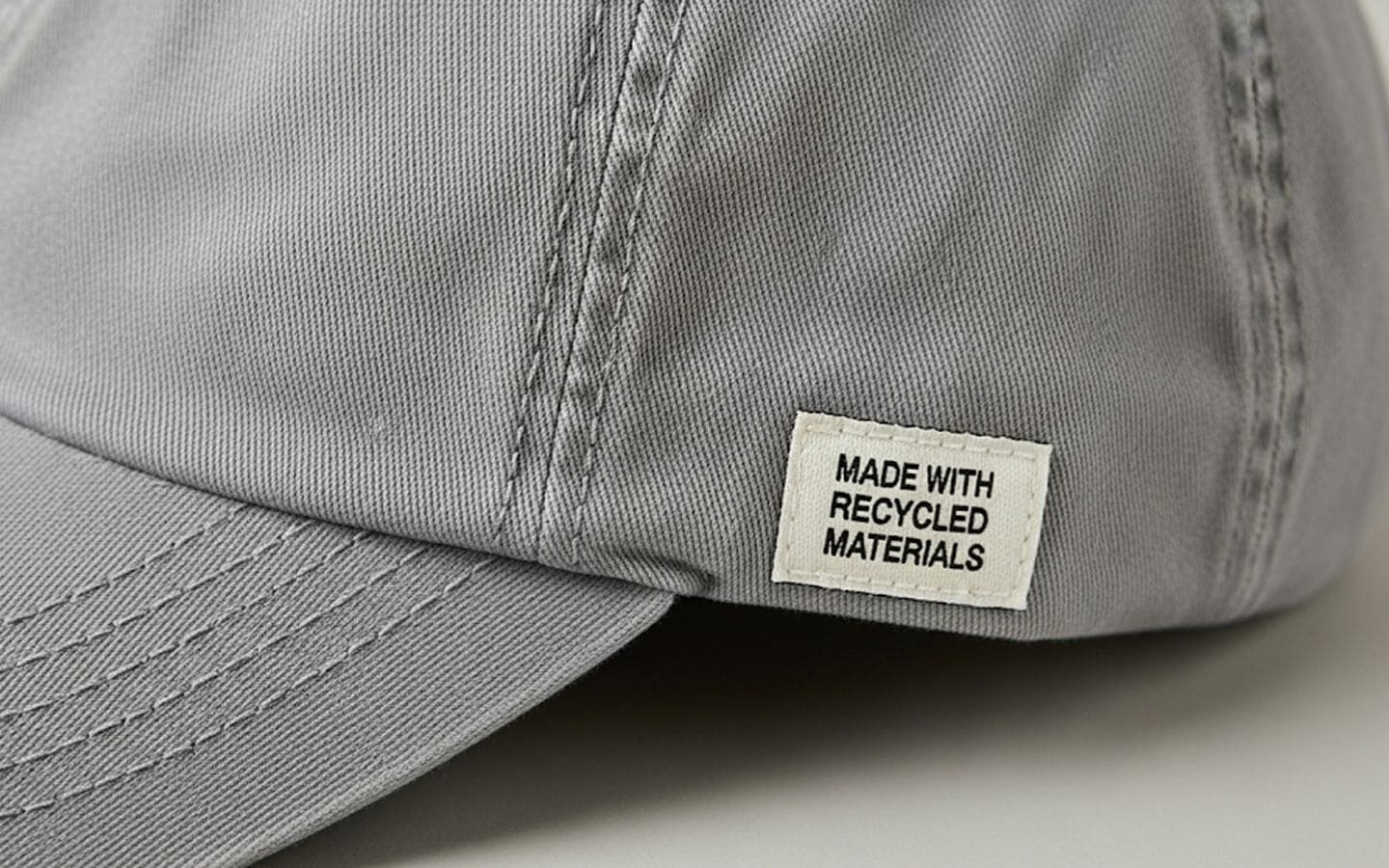
Final thoughts
Go lighter where you can, choose smarter inputs where they help, make orders when demand is clear, elevate reusability where your customers will engage, and clean up the last mile with credible tools.
Measure what you change, talk about it plainly, and keep iterating. That is how a small team builds a real circular economy for brands without burning runway, one precise decision at a time.The culture you create around these moves becomes a moat: customers who understand your process stick around, and teammates who can see the impact keep improving it.
Start with one step you can defend with numbers, make it your new normal, then take the next step.




